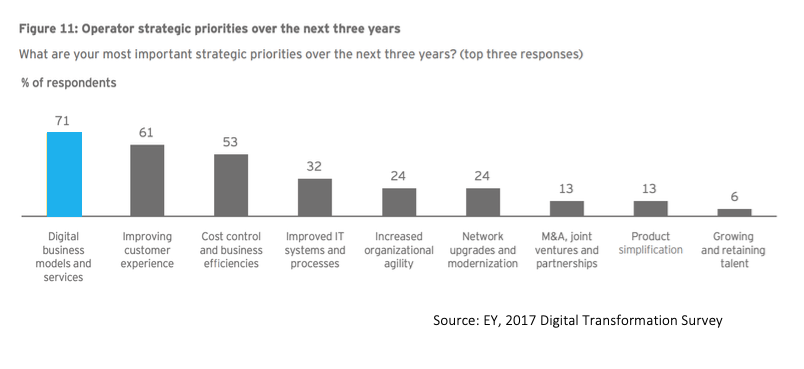Like many families, we travelled over March break.
You might recall the first and second weeks of March this year were tumultuous for travelers. Countries were in flux and travel to Europe was already severely impacted. Airlines, online travel agencies, hotels were all running on ‘longer than normal’ wait times. Some call center queues were reaching wait times of up to 39 hours – ask me how I know.
Communication service providers faced a similar fate a few weeks later – driving an urgent need for remote care and self-service tools.
In December and January, back before that all happened and what now seems like a lifetime ago, JD Power conducted a survey of almost 4500 subscribers who had experienced an in-home telecom service technician visit in the past six months. The survey findings overwhelmingly supported the use of digital self-service tools to troubleshoot home service delivery.
Customer demand and an industry need to solve this riddle is sending product marketing teams to the table to find solutions that are beyond the remote and self-care options previously available to providers for residential services.
Do you have the proper capabilities to manage a significant customer shift to digital-first customer service and support models?
The consumer-friendliness of an app, with the robust back end to solve the problems
We’ve already talked a lot about remote care, so let’s first address what a customer-guided self-care solution requires:
- Customer-grade tools with a carrier grade backend: Traditional service monitoring and assurance offerings need to change from being carrier grade tools for communications providers' customer care and field services team members, to single sign-on customer tools aimed at self-care resolution of problems.
- Focus on easily ‘actionable’ trouble areas: Focus on services with high-bandwidth consumption and those prone to interference or hardware placement issues – video and Wi-Fi services specifically. These are high frequency, easy-fix areas of focus.
- Automated workflows: The ultimate objective for workflows is to create a seamless customer experience regardless of customer lifecycle – install, self-care, remote assisted care.
- Proactive resolutions as a future iteration: Initial self-care applications will support troubleshooting decision-making for subscribers. For example, ‘It looks like the issue you’re experiencing is interference from other devices. Try resetting your Sonos speaker’.
Automated decision-making is the next logical feature in this solution set. For instance, ‘Your Wi-Fi speed wasn’t optimal. We’ve just reset your router without interruption of service and your Wi-Fi speed is back to 250Mbps for downloads’.
Today’s self-care solutions should be actively gathering anonymized historical data on user actions and the in-home environment. This improved understanding of the troubleshooting environment and customer preferences will power the next level of your customer experience.
Consumer-guided self-care is a customer satisfaction requirement – it is no longer an option.
“As consumers continue to grow more adept at working with technology, there is a built-in expectation—particularly among younger people—that many tech issues can be fixed easily with a visit to a website or even a tweet to a social media account,” explains Ian Greenblatt from J.D. Power as he outlines the survey findings.”
“Providers that understand this and give customers easy access to the tools they need to troubleshoot common issues enjoy higher customer satisfaction, and—importantly—are spending less on customer service phone calls that begin at upwards of $7-$12 per call,” Greenblatt continues.
These finding aren’t really that surprising. Self-serve is our already default for many industries.
Think back to my vacation in March. We booked our vacation online, checked in before leaving the home and once again at the kiosk in the airport. We loaded our own bags onto the conveyor once at the airport and then off again at our destination before ordering an Uber.
How would our customer satisfaction have been affected if we had to wait for human interaction at each of those checkpoints?
Circling back to communication service providers, in 2017, strategic priorities included digital business models and an improved customer experience at the top of the list. Cost controls and efficiencies also topped the agenda.

So why now is the right time for operators to embrace consumer-guided self-care and automation?
- An unprecedented surge in demand for home services has clarified how abstract priorities like ‘improved customer experience’ can become tangible outcomes and solve real world problems.
- Consumer-guided self-care is what your subscribers expect when they are experiencing issues like speed, connectivity or content loading errors and need to troubleshoot.
- There is a viable solution that wasn’t previously available to operators.
If your product marketing team has recognized this significant customer shift to digital-first customer service and support models and wants to discuss the capabilities required to get there – let’s talk.





